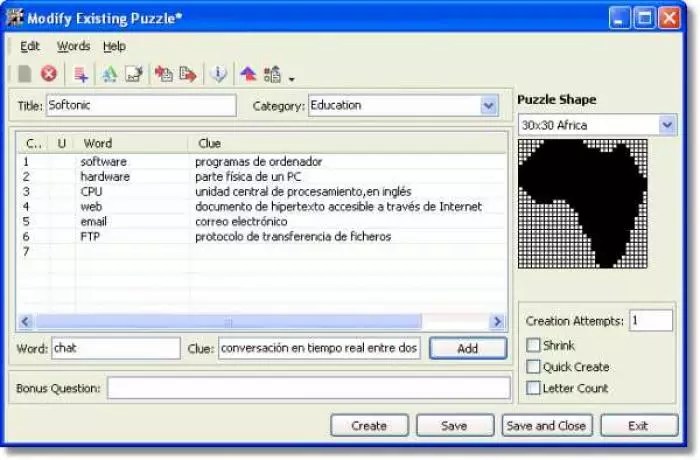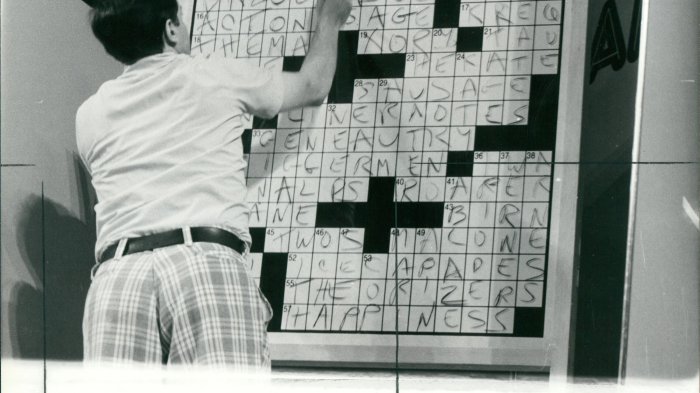As the technique of designing and building crossword puzzles takes center stage, this article delves into the intricacies of crafting engaging and accessible puzzles that captivate solvers of all levels. From brainstorming unique ideas to constructing clever clues, this comprehensive guide provides a roadmap for creating crossword puzzles that entertain, challenge, and foster a sense of accomplishment.
Through a series of well-structured sections, this article explores the fundamental principles of crossword design, including grid layout, clue construction, editing, visual presentation, and accessibility. With each step, readers will gain valuable insights into the techniques and strategies employed by seasoned crossword constructors.
1. Brainstorming and Conceptualization: Technique Of Designing And Building Crossword

Brainstorming is the foundation of crossword design, where unique and engaging ideas are generated. Techniques include freewriting, mind mapping, and group discussion to explore potential themes, concepts, and grid patterns.
Theme development is crucial for creating cohesive and interesting puzzles. A strong theme provides a central focus and connects the clues and answers in a meaningful way.
Grid Design and Layout
Grid design involves creating a balanced and symmetrical layout for the crossword. Principles include ensuring adequate white space, avoiding isolated squares, and maintaining a pleasing visual appearance.
Different grid patterns offer varying levels of challenge and aesthetic appeal. Common patterns include square, rectangular, and irregular grids.
Clue Construction
Writing effective crossword clues is an art that requires precision and creativity. Types of clues include definitions, synonyms, puns, and anagrams.
Strategic clue construction involves balancing difficulty, fairness, and avoiding obscurity. Clues should be challenging but solvable, without relying on obscure or esoteric knowledge.
Editing and Refinement
Editing is essential to ensure the accuracy and quality of crosswords. This includes checking for errors, inconsistencies, and awkward phrasing.
Test solvers play a crucial role in the editing process by providing feedback on puzzle difficulty, clue clarity, and overall flow.
Visual Presentation and Aesthetics
Visual presentation enhances the user experience of crosswords. Typography, spacing, and graphics can be used to improve readability, appeal, and overall enjoyment.
Innovative designs, such as themed grids and interactive elements, can add freshness and excitement to the crossword experience.
Accessibility and Inclusivity, Technique of designing and building crossword
Accessibility is vital in crossword design to ensure puzzles are inclusive to solvers of all abilities. Techniques include providing clear instructions, using non-offensive language, and avoiding cultural bias.
Creating accessible puzzles promotes inclusivity and allows a wider range of solvers to enjoy the challenge and satisfaction of crossword puzzles.
Key Questions Answered
What are the key elements of a well-designed crossword puzzle?
A well-designed crossword puzzle features a balanced grid layout, clever and challenging clues, a cohesive theme, and an engaging overall experience for solvers.
How can I improve my crossword clue writing skills?
Practice regularly, study different types of clues, and seek feedback from experienced constructors. Focus on clarity, brevity, and avoiding obscurity.
What are some tips for making crossword puzzles more accessible?
Use inclusive language, avoid offensive or discriminatory content, provide clear instructions, and consider using visual aids or alternative formats for solvers with disabilities.

